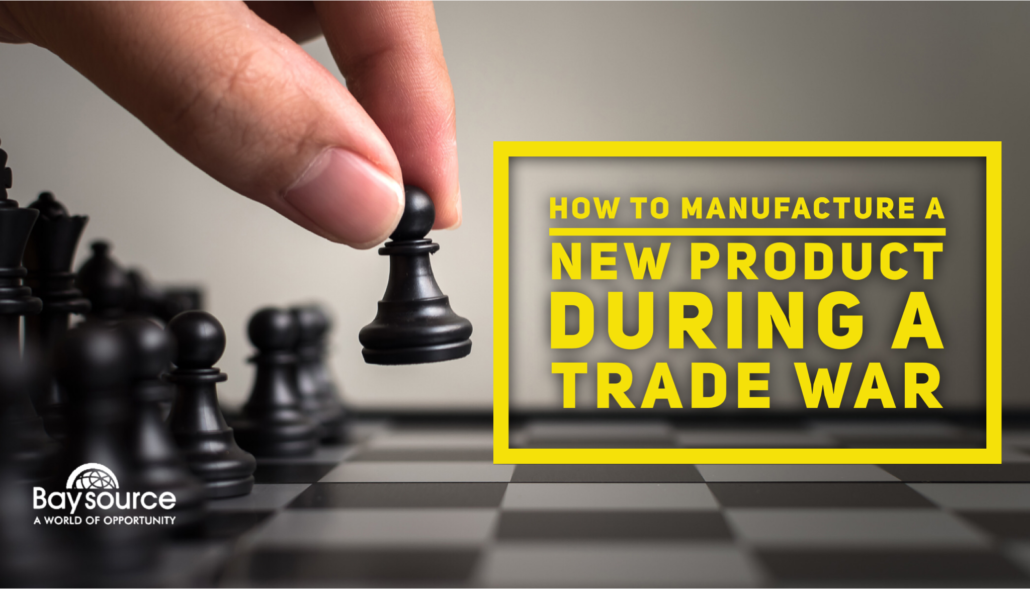
The trade war seems to have no end in sight. There is much speculation about how long it will last, and we expect it to continue. With an unpredictable future, we recommend that our clients prepare a Plan B Strategy.
Tariffs imposed by both sides, China and the US, continue to have an influence on supply chains creating unease of successful product launches. In this situation, one cannot sit ideally by hoping for it to not impact their business. Hope is not a reliable strategy. In this article, we cover things to consider when launching a product during the trade war, because we have a feeling these conditions could continue for the foreseeable future.
How Tariffs Will Affect Your Product Launch
International supply chains are complex. The following effects are not meant to be an exhaustive list, but rather some important considerations. Each company, supply chain and product launch operate differently. But the most important lesson to be learned is being proactive.
Costs Increases
Financial cost, time cost, and opportunity cost are all under pressure. The first—and most pressing —is the financial cost. Every product is composed of a long list of components. With the wide net cast by tariffs, cost unpredictability is certainly a factor to expect.
If you have a deadline in mind for when you plan on launching your product, tariffs are certainly something to consider. If you are already well on your way to launching a product – continuing with your partially developed supply chain may make more sense than hitting the refresh button (finding a new supplier, making tooling, and getting a new supplier caught up). Some companies are making the decision to keep their first production runs in China even though tariffs continue to escalate. It may make the most sense to test your product and business first before shifting your supply chain from China to Southeast Asia. Having reliable sources about potential costs related to manufacturing will inform your decision of when to finally pull the trigger and move your manufacturing location.
For any team launching a product during a trade war, there will be factors you will have to consider. Monetary costs, wasted time, and increased risk are all interconnected.
Political Climates
Political uncertainties become increasingly the riskier if you do not have a Plan B Strategy in place. The best way to avoid political turmoil is to find alternatives locations to set up manufacturing operations. Southeast Asian countries like India, Vietnam, Thailand and Taiwan are stepping up with tactical alternatives to China.
How to Move Forward
Sourcing agents should be staying ahead of the curve and carving out a China Alternative Plan B Strategy for their clients. Involving the pros to research movements of component sourcing and/or operations is extremely important and a good bet regardless of what happens next.
If you are debating whether or not to change course due to tariffs, here are a few first steps you can take:
- Evaluate your product skews
- Determine your top 2-3 revenue streams and/or profit generators
- Update tariffs by HS code (by component and/or assembly)
- Compute 2 -3 tariff rate scenarios
- Find new potential factories in Southeast Asia that correlate with your product line
- Verify if the potential factories have proficiency, interest, and capacity to manufacture your products
- Qualify a potential factory’s abilities through audits
- Get price quotes (this will typically take a few rounds of negotiation to get to a final number)
Companies that come up with an alternative plan are the most likely to be successful in the wake of tariffs.
China Manufacturing Alternatives – Plan B Strategy
Curious about what’s involved with supplier due diligence in SE Asia? For a no obligation review of your business’ sourcing options please submit your inquiry here


Follow Us